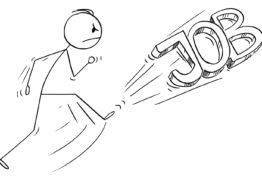5 Principles Guaranteed to Help Build a Strong Team Culture
One Team. One Goal.
Early January 2017, I had the opportunity to host a workshop for my Automation Tools team. The group was comprised of two sub-teams with members distributed across California, Nevada, Colorado, and Oregon.
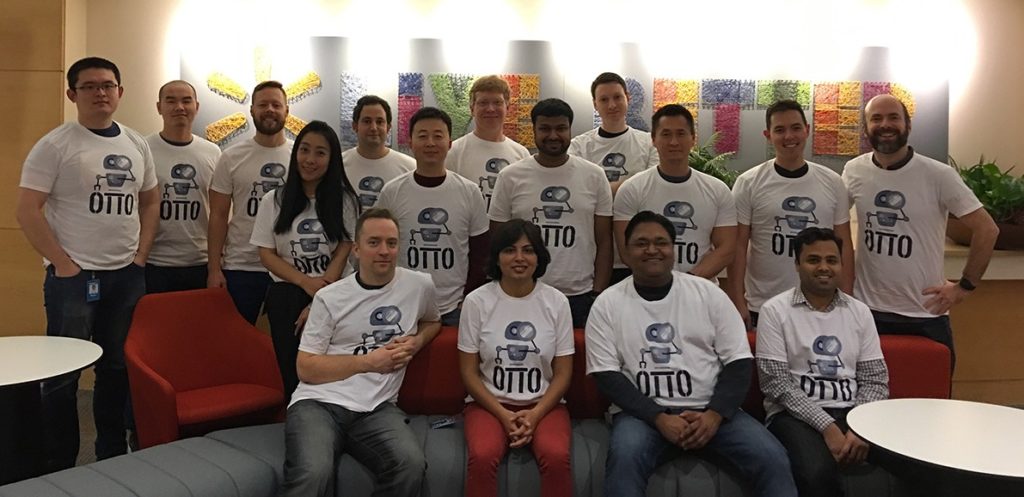
Over a 13 month period, each team had successfully delivered against their company objectives. However, as part of the workshop, I wanted to challenge the group to remove the artificial “two team” boundary and begin to operate as one.
This post will cover the 5 principles of teamwork I shared during the workshop. My hope is to inspire you in building a “One Team. One Goal.” mindset for your organization.
5 Principles of Teamwork
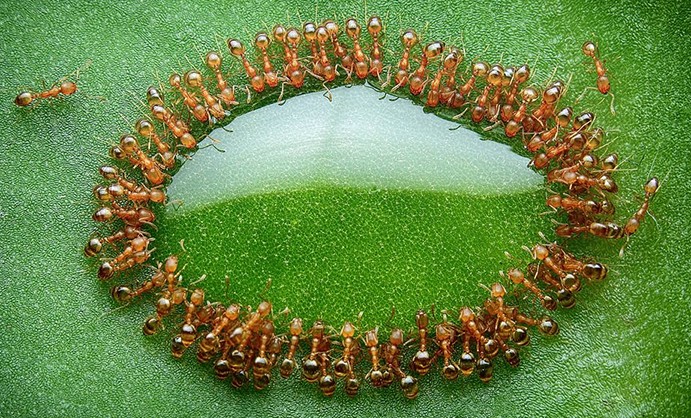
To help illustrate the 5 principles of teamwork, I am going to use an analogy to ants and their instinctual teamwork qualities. Not only will you see how these principles can promote a healthy team culture, you might even learn a few fun facts about ants.
Principle #1: Division of Labor
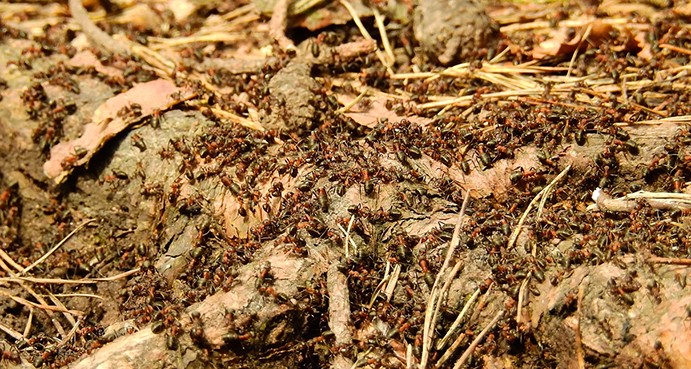
An ant colony is a complex network of underground chambers in which ants live.
Depending on the species, ant colonies can range anywhere in size of less than 2 square inches hosting 100 ants to more than 500 square feet housing up to 7 million ants.
To help organize the chaos within these colonies, each ant is responsible for specific tasks, whether food gathering, building nests, guarding the colony, or reproduction. These instinctual social rules in which ants organize themselves help ensure the colony’s survival.
Applied to a team setting, division of labor is about role clarity and how your contributions align with the goals set by the team to ensure its success.
- As an individual on a team, it is important you take time to self-reflect, understand your weaknesses, invest in your strengths, and leverage your talents towards the success of the team.
- As a manager of a team, it is important you understand the strengths of each member, place them in positions to be successful, and clearlycommunicate their role within the team so there is a consistent understanding of the division of labor.
Doing these things will put you on a fast track to operational efficiency.
Principle #2: Communication
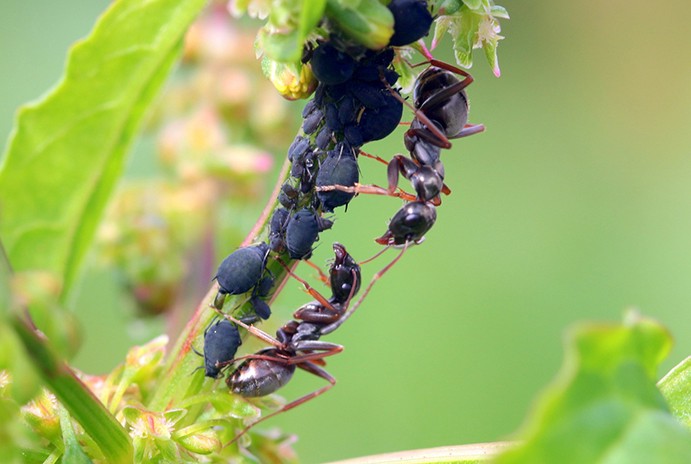
Ants release roughly ten to twenty different pheromones from glands found all over their bodies. These pheromones are used as a means of communication with other ants within the colony.
This “chemical language” is used to summon ants to defend the colony, find the location of a food source, or warn others of potential danger. In short, understanding these pheromones is critical to the colony’s survival.
In a team environment, defining a “chemical language” can be challenging given unique personalities, different communication styles, technology, and being part of a distributed team. However, an easy mitigation strategy is to define clear standards and processes for your team to follow.
There is also a social aspect to this. Like any relationship, you need to nurture and build personal connections. Check out the examples below as a way to strengthen the bond within your team:
- Encourage in-person meetings or if using web conference software, ensure everyone has their video camera on
- Be open minded: practice positive intent, active listening and empathy
- Get the team together for events outside of work (i.e., happy hour, quarterly team activities)
Defining a “chemical language” specific to your organization may help reduce existing communication challenges. What best practices will you define as part of your team culture?
Principle #3: Collaboration
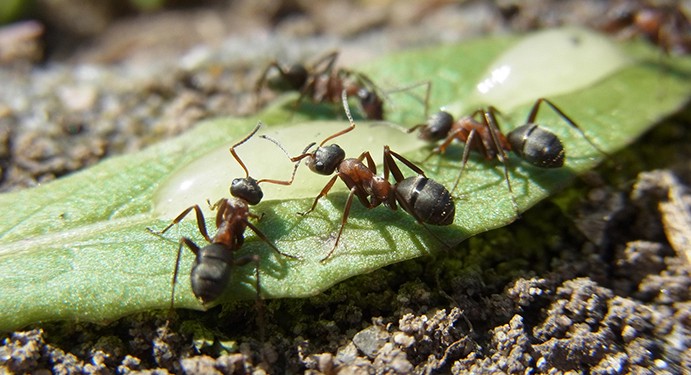
Ants are known to overcome challenging obstacles by working together as a group. Whether using their jaws and claws to link together to form bridges or arranging their bodies into a waterproof raft to survive a flood, ants have an uncanny ability to quickly identify a problem and organize themselves to solve it.
As a team we often encounter problems that seem unsolvable. However if the team has a collaborative mindset, it will maximize their opportunity for success.
Here are some self-reflective thought strategies to gauge how collaborative you are:
- Are you willing to work with others with an open mind to new ideas or approaches?
- Do you know and trust the members of your team?
- Are you aware of each team member’s role and the benefit they bring?
- Are you willing to help a struggling team member for the success of the team?
Practice being an individual leader in these areas. Others will follow.
Principle #4: Conflict Resolution
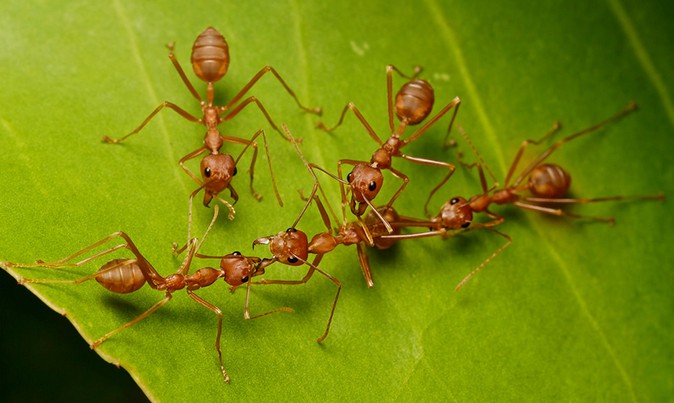
Ant societies are remarkably complex and exhibit extremely high levels of cooperation. However, just like human societies, ant colonies also encounter conflict where a few outliers diverge from the status quo.
For example, the reproductive division of labor is typically reserved for the queen of the colony. In some ant species, the worker ants have the ability to lay male eggs and do so illicitly in an attempt to overthrow the queen.
Internal conflict will always arise no matter how cohesive the team is. However, when managed correctly, conflict can be used as a channeling mechanism to encourage growth and innovation. Use the tips below to successfully manage team conflict:
- Align on team processes and standards to ensure operational consistency
- Encourage fact-based decision-making to remove emotion and personal attachment
- Remove the “I” from the equation. Challenge the cost benefit by identifying what is right for the customer, company, and/or team
- Provide real-time feedback addressing issues up-front instead of allowing resentment to build
Principle #5: Support
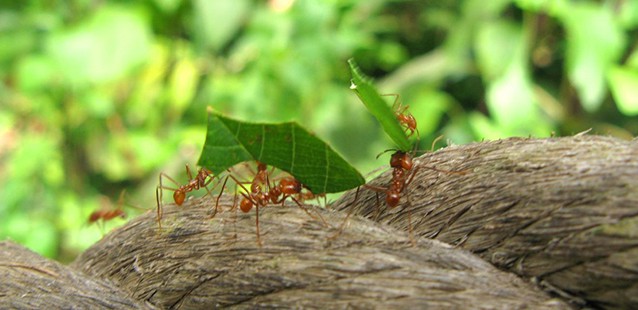
Building a strong team culture takes patience and discipline. The principles above can help lay a solid foundation, but to tie it all together the final principle of Support is required.
As a leader, whether people-manager or individual contributor, ask yourself, this question:
“What is my role in supporting the team?” Remember — it only takes one person to make a difference.
Wrapping Up
Ants have an instinctual understanding that the colony needs to work together in order to be successful. Use the principles below as a guide to help create a support system for a strong team culture:
- Clear division of labor and role definitions within your team
- Align on a set of communication best practices understood by all members of the team
- Create a work environment built on trust and empathy
- Manage healthy conflict through standards, processes, and real-time feedback
- Develop a support system through patience and discipline
“Coming together is a beginning. Keeping together is progress. Working together is success.”
Henry Ford
Sources for Ant Facts:
- Ants: Civilisation in Miniature III
- How Big Is An Ant Colony
- Ant Colonies and Social Structure
- Chemical Pheromone Communication between Ants
- Sex allocation conflict in ants: when the queen rules






